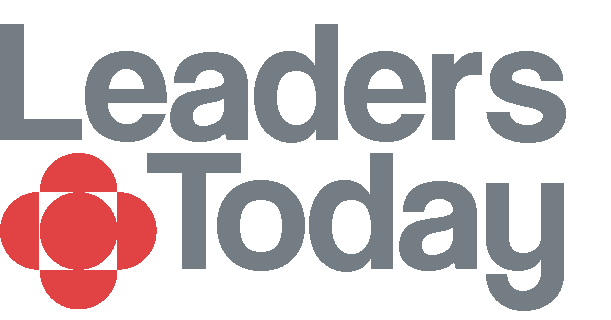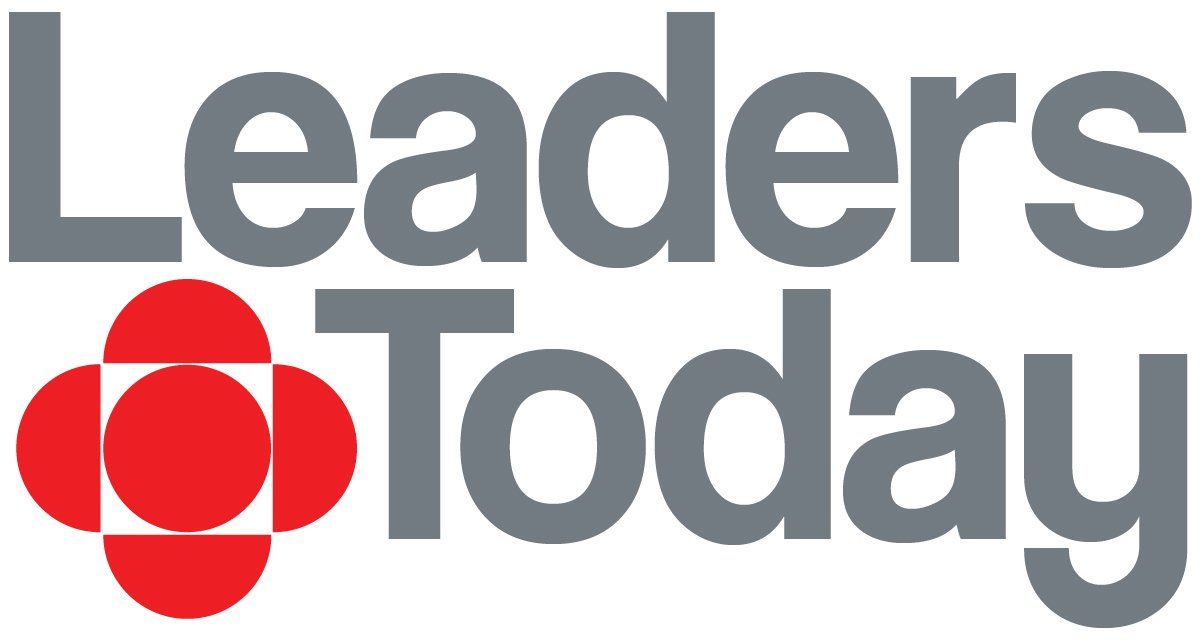Coaching tools … or not?
Learning coaching tools
For most coaches, an introduction into practicing our profession started with learning a coaching tool. Coaching is a behavior and an experience so the only way to get a grasp of it is by actually practicing it. There’s nothing better than a coaching tool to start DOING coaching! And, once we’ve done it, marvelling at how apparently simple it can be to help clients gain new perspectives, open up new avenues of thought and generally feel more hopeful about life.
Do you remember using the wheel of life with a client for the first time, or a values exercise or a questioning line following GROW or any similar model? These are such unusual ways of engaging in a serious conversation that they invariably have a huge impact on our clients! Of course, it’s not just about whipping out coach tools, we also learn how to create rapport and we develop the ethical foundations that create a solid, trusting relationship with our client. Nonetheless, irrespective of the kind of training we have had, the first period of the development of a professional coach is largely dedicated to the acquisition of a number of coaching approaches and lots and lots of coaching tools!
The coaching relation
As we gain more experience we realize that there’s something more than the tools. They are only the tip of the iceberg and we come to see that what’s actually going on in a coaching relation is a connection at the deepest level between two human beings, one searching and the other supporting.
This connection doesn’t have much to do with coaching tools, it is the outcome of a relationship built on humanistic values, an unconditional positive regard for our client and the belief that they have all the potential they need within them. It is also the result of a positive limbic resonance – the unconscious ability to read and attune to each other’s emotions – that develops over time between two humans in a trusting relation.
Research in psychotherapy indicates that the relationship between therapist and client has more weight than any techniques, in enabling positive changes. This concept has been transposed to the coaching context, in particular by scholar and practitioner Erik de Haan, and his “Relational Coaching” approach, which gives a profound and enlightening reading of what coaching is all about.
Finding a careful balance in our practice of coaching
So, if tools aren’t the real cause for the success of coaching, should we at some point graduate beyond tools? Is that a sign of a “mature” coach? No tools, just deep conversation? I don’t think so! I find that coaching tools are wonderful short-cuts that can be very useful at times to jump right into the essential aspect of things. For example, asking a client to draw a situation that they can’t seem to be able to verbalize can be very effective to reveal what is really going on for them. Or using a structured questioning approach for goal-setting can be very effective to give shape to ideas that may be initially scattered all over the place. The idea is not to fixate only on tools to get the job done. They are just a means to the end.
Some of my coaching students tell me that they don’t really like using tools, they prefer to stick to the conversational approach to coaching. I unfailingly tell them that if it’s a conscious and deliberate choice to focus on the relational aspect only that’s fine, but if they’re avoiding stretching beyond the conversational mode because they feel awkward or for lack of boldness in using tools, then they might be missing opportunities – for themselves and their client – to experiment with different ways of communicating, looking at things and producing results in the coaching session. Other students sort of hide behind tools, deploying one or more at each session and thus avoiding the stark nakedness of being just themselves with only their presence, at the service of the client. In these cases, the audacity of the coach lies in letting go of anything that stands between her and her client, be it a table, a desk or a coaching tool!
When using a tool, let’s make sure we master it
A trusting relationship is obviously the first thing to attend to, but coaching tools are useful too on condition that the coach masters them. By this, I mean that you have to go beyond just using a tool. There are so many coaching tools available in coaching courses, in books, on the web – but not all come with an explanation of how they were developed. To master a tool, it’s very important to understand what knowledge and concepts it is based on. Why is it the way it is? What coaching approaching does it reflect? Who invented it? What were they thinking? What is its function? Why does it work? Does it always work? How often does it work for your clients? In what circumstances? This level of mastery will enable you to quickly adapt tools specifically for your client, use them sparsely, wisely and effectively and most importantly, ignore them when they are not needed.








